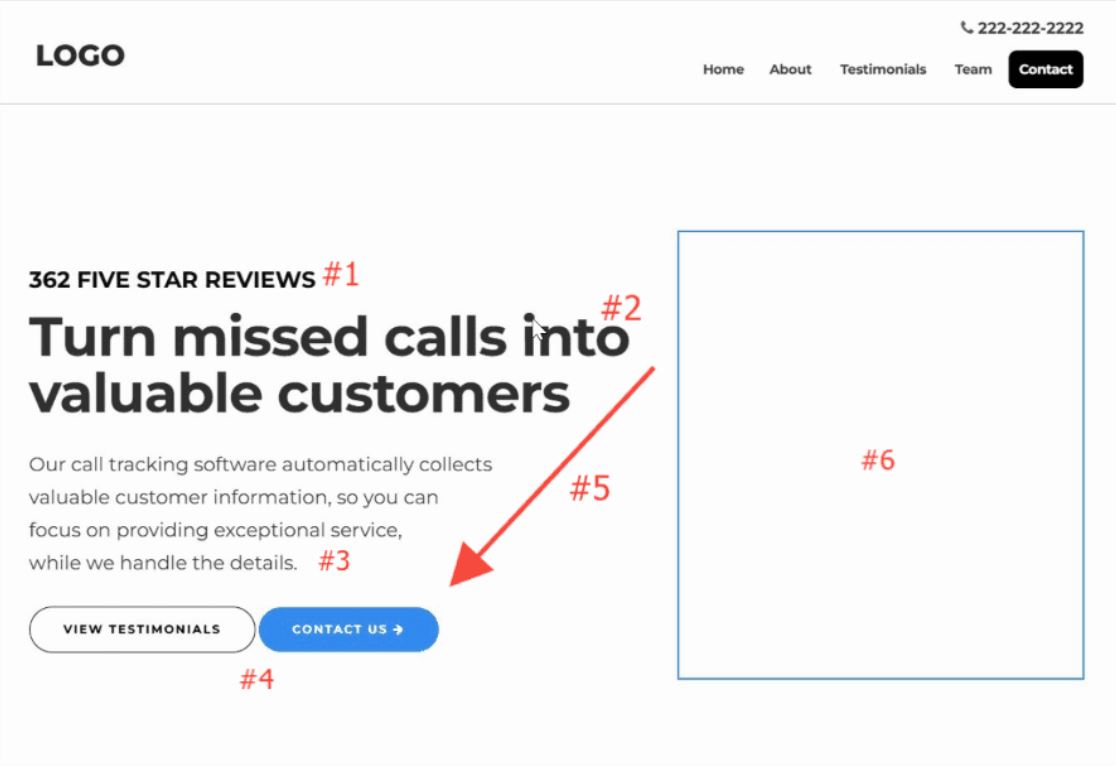Important Factors for Pay-Per-Click (PPC) Advertising Success
November 10, 2024

Pay-per-click (PPC) advertising is a highly effective digital marketing strategy that can drive immediate traffic, generate leads, and increase conversions. However, running a successful PPC campaign requires a thoughtful approach and careful attention to several critical factors. In this post, we explore the five most important elements that can make or break your PPC efforts and offer practical tips for optimizing each area.
1. Keyword Research and Selection
Keywords are the foundation of any PPC campaign. Selecting the right keywords helps ensure that your ads are shown to the most relevant audience. Effective keyword research enables you to target users who are actively searching for your products or services, increasing the likelihood of clicks and conversions.
1.1 Understand Search Intent
Understanding the intent behind a user’s search query is essential for choosing keywords that will result in conversions. Search intent typically falls into three categories:
- Informational: The user is looking for information, such as “how to choose running shoes.”
- Navigational: The user wants to find a specific website or page, e.g., “Nike running shoes official site.”
- Transactional: The user intends to make a purchase, e.g., “buy running shoes online.”
For PPC, prioritize transactional and navigational keywords, as they are more likely to lead to conversions.
1.2 Use a Mix of Broad, Phrase, and Exact Match Keywords
Incorporate a variety of keyword match types to control when and where your ads appear:
- Broad Match: Shows ads for searches related to the keyword. It provides maximum reach but may include irrelevant searches.
- Phrase Match: Triggers ads when the search query includes the exact phrase. This offers more control than broad match.
- Exact Match: Displays ads only for exact keyword matches or very close variations. This type provides the highest relevance.
1.3 Regularly Update Negative Keywords
Negative keywords prevent your ads from appearing in irrelevant searches, helping you avoid wasted ad spend. Reviewing and updating your negative keyword list ensures that your ads only show up for the most relevant queries.
2. Crafting Compelling Ad Copy
Your ad copy is what entices users to click on your ad, so it’s essential to make it engaging and relevant. Effective ad copy highlights the unique selling points of your product or service and includes a strong call-to-action (CTA).
2.1 Focus on Benefits, Not Just Features
Instead of merely listing features, emphasize the benefits of your product or service. For example, instead of “High-quality running shoes,” try “Run longer and faster with our high-quality shoes.”
2.2 Use Keywords in Your Ad Copy
Including keywords in your ad copy can increase relevance and improve your ad’s Quality Score. If a user’s search query matches the keywords in your ad, they are more likely to perceive your ad as relevant and click on it.
2.3 Create Urgency with Limited-Time Offers
Creating a sense of urgency can encourage users to click on your ad. Phrases like “Limited Time Offer,” “Only a Few Left in Stock,” or “Sale Ends Soon” can drive quick action.
2.4 Test Different Variations
Running A/B tests on ad copy allows you to determine which versions resonate most with your audience. Test different headlines, CTAs, and offers to continuously improve your ad performance.
3. Precise Audience Targeting
Audience targeting allows you to control who sees your ads, making it possible to reach the most relevant audience segments. Effective targeting helps maximize your ad spend and ensures your ads reach potential customers.
3.1 Use Demographic and Geographic Targeting
Customize your audience based on demographic factors like age, gender, and income level. Geographic targeting helps ensure that your ads are shown in locations where your products or services are available.
3.2 Implement Retargeting Campaigns
Retargeting allows you to reach users who have previously visited your website but didn’t convert. By showing tailored ads to these users, you can re-engage them and increase the likelihood of conversion.
3.3 Leverage Lookalike Audiences
Lookalike audiences are made up of people who share similar characteristics to your existing customers. By targeting these groups, you can reach a new audience with a higher potential for conversion.
3.4 Consider Behavioral and Interest-Based Targeting
Behavioral targeting focuses on users who have shown an interest in products or services similar to yours. This type of targeting allows you to reach people who are already in the buying mindset and may be more likely to convert.
4. Landing Page Relevance and Quality
A high-quality, relevant landing page is essential for converting clicks into customers. The landing page is where users complete the action you want them to take, whether it’s making a purchase, signing up, or downloading content. Ensuring a seamless experience from ad to landing page can increase your conversion rate and improve your Quality Score.
4.1 Match Landing Page Content to Ad Copy
The content on your landing page should directly relate to the ad that brought users there. If your ad promises “20% off running shoes,” make sure that the discount is clearly visible on the landing page.
4.2 Keep Your Landing Page Simple and Focused
A cluttered landing page can overwhelm users and lead to high bounce rates. Keep your landing page clean, with a clear headline, concise copy, and a single call-to-action. Avoid unnecessary distractions to maintain focus on the conversion goal.
4.3 Ensure Mobile-Friendliness
With a growing number of users browsing and purchasing on mobile devices, a mobile-friendly landing page is essential. Responsive design, fast loading times, and easy navigation are key to improving the mobile user experience.
4.4 Test and Optimize
Regularly testing elements of your landing page, such as the headline, CTA, and form fields, can help improve conversion rates. A/B testing different versions allows you to identify which elements drive the best results.
5. Analyzing and Optimizing Performance
Continuous analysis and optimization are critical to maintaining and improving your PPC campaign performance. Regular monitoring helps you understand what’s working, identify areas for improvement, and ensure you get the best ROI from your ad spend.
5.1 Monitor Key Performance Metrics
Key metrics to track include:
- Click-Through Rate (CTR): Measures the percentage of users who clicked on your ad after seeing it. A high CTR indicates that your ad copy is engaging and relevant.
- Conversion Rate: The percentage of clicks that resulted in a desired action. A high conversion rate indicates that your landing page is effective.
- Cost-Per-Click (CPC): The amount you pay each time someone clicks on your ad. Monitoring CPC helps manage budget and evaluate ad efficiency.
- Quality Score: A score assigned by platforms like Google Ads based on relevance and quality of your ads, keywords, and landing pages. Higher Quality Scores lead to better ad placements and lower costs.
5.2 Regularly Review and Adjust Bids
Adjusting bids based on keyword performance helps control costs and ensure that your ad spend goes toward the best-performing keywords. By increasing bids on high-converting keywords and lowering bids on underperformers, you can optimize your budget allocation.
5.3 Use Conversion Tracking
Set up conversion tracking to understand which clicks lead to desired actions. Conversion tracking provides valuable data on which ads, keywords, and landing pages are driving the most conversions, enabling more informed decision-making.
5.4 Test and Optimize Regularly
Consistently testing different aspects of your campaigns—such as ad copy, keywords, targeting options, and landing pages—allows you to identify areas for improvement and optimize your strategy over time. Regular optimization helps you stay competitive and maintain a positive ROI.
PPC advertising can be a highly effective channel for driving traffic, leads, and conversions, but success requires attention to detail and consistent optimization. By focusing on keyword research, crafting compelling ad copy, precise targeting, landing page quality, and ongoing performance analysis, you can maximize the impact of your PPC campaigns. Keep these five factors in mind, and continually test and refine your approach to achieve the best results from your PPC investment.





